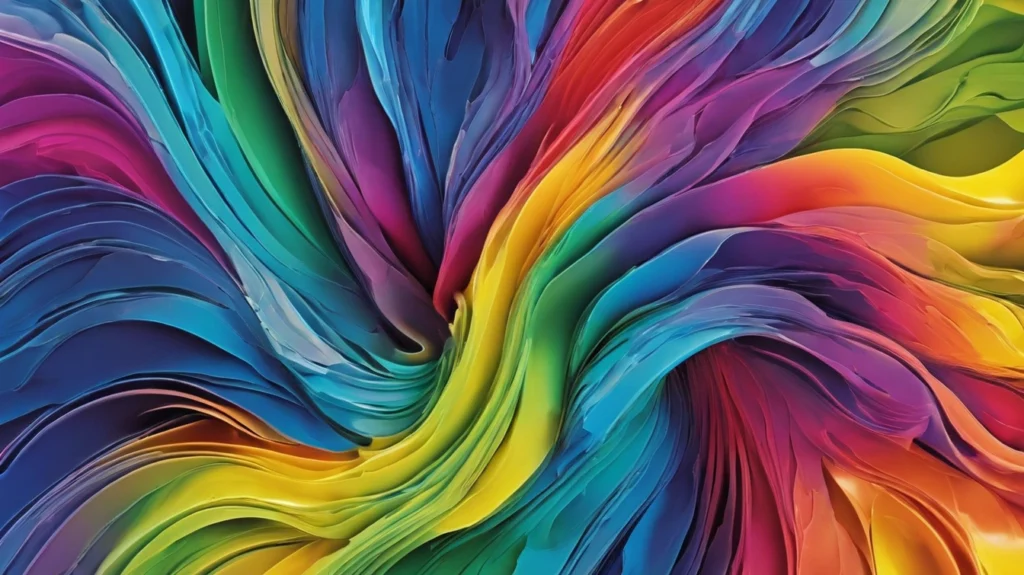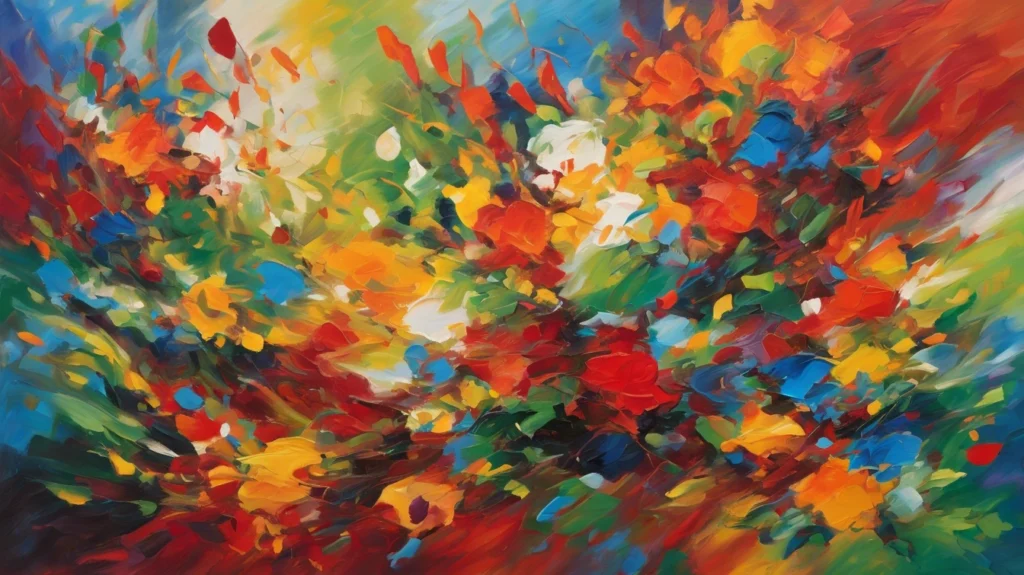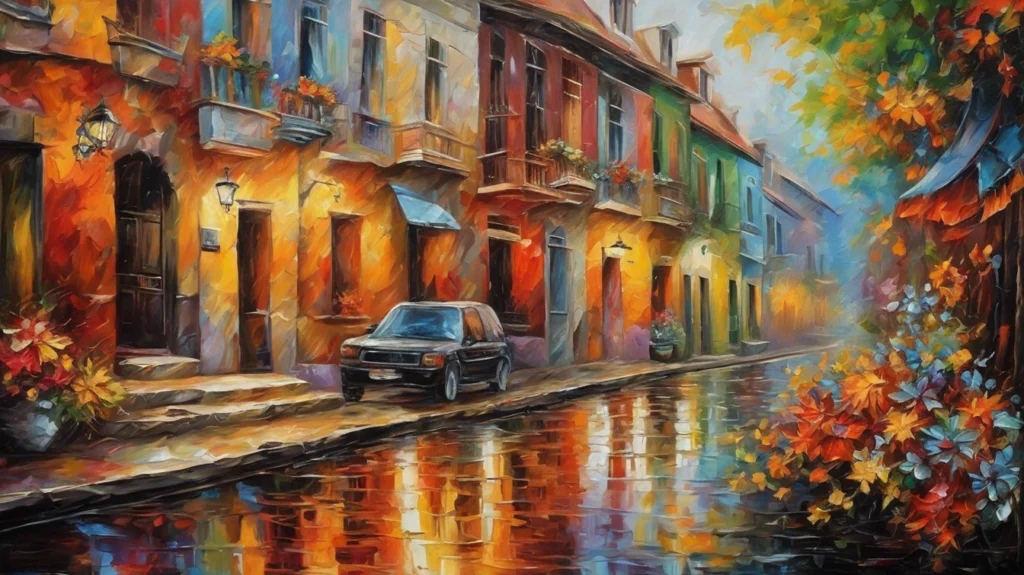The Psychology of Color

Introduction
The Science of Color

The Meaning of Colors
RED
- Passion
- Love
- Anger
- Danger
Purple
- Royalty
- Luxury
- Creativity
- Mystery
Blue
- Calmness
- Trust
- Sadness
- Coldness
Green
- Nature
- Growth
- Envy
- Sickness
Yellow
- Happiness
- Optimism
- Caution
- Cowardice
Orange
- Energy
- Warmth
- Excitement
- Warning
Black
- Elegance
- Power
- Death
- Evil
White
- Purity
- Innocence
- Peace
- Emptiness
The Psychology of Color in Art

Artists use color to convey meaning and emotion in their work, and researchers have found that certain colors can elicit specific feelings in people (see above). Colors can also affect an individual’s mood and behavior, with some studies suggesting that bright colors can increase energy levels, while muted colors can promote relaxation and contemplation. Ultimately, colors have the power to influence and shape our perceptions and experiences of the world around us. Therefore, artists have the ability to use color as a magical tool. Oh, the possibilities!
The Psychology of Color in Marketing

Conclusion
In conclusion, the psychology of color is a fascinating field that has many practical applications. By understanding how colors affect our emotions, behavior, and perceptions, we can use them to our advantage. Whether you’re an artist yourself, designing a website, creating a logo, or marketing a product, the psychology of color is an essential tool that can help you achieve your goals.

